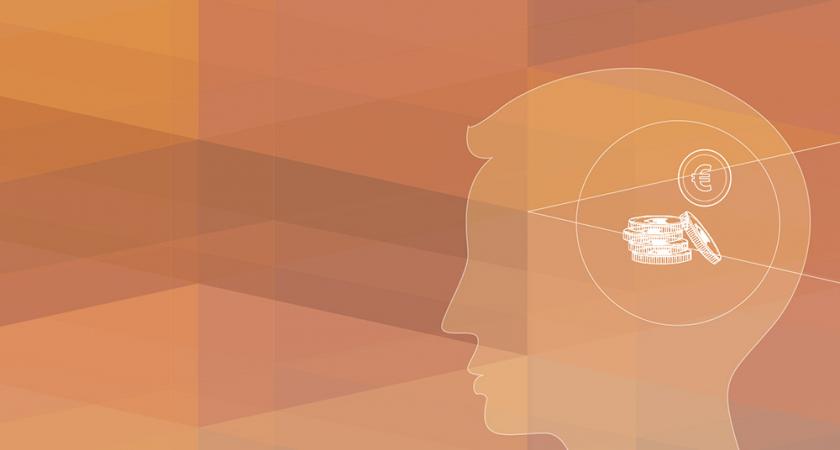25.01.2019

The annual report “National Student Fee and Support Systems in European Higher Education 2017/18” shows how fee and support systems (including grants and loans) work in higher education in Europe. It provides both a comparative overview of fees and financial support available to full-time students in 2017/18, and also includes individual country sheets outlining the main elements of national systems.
In particular, the publication describes the range of fees charged to national, EU and international students, specifying the categories of students that are required to pay and those who may be exempt. Similarly, it explains the types and amounts of public support available in the form of grants and loans, as well as tax benefits and family allowances where applicable.
The report includes data from 4 Western Balkan Countries, namely Bosnia and Herzegovina, Macedonia, Montenegro and Serbia.
For ease of reading we have brought in a table the main data from these countries.
|
Self-financing students |
Part-time students |
|||||
COUNTRY |
Administrative Fees per year |
The first cycle per year |
The second cycle per year |
The first cycle per year |
The second cycle per year |
Short cycle programmes per year |
|
Bosnia and Herzegovina |
EUR 48 - 256 |
EUR 225- 767 |
EUR 225 - 2 045 |
EUR 460 – 2 301 |
EUR 511 – 1 534 |
No program offered |
|
Macedonia |
EUR 100 - 400 |
EUR 600 - 3 156 |
EUR 100 - 400 |
|||
|
Montenegro |
EUR 500 - 1 000 |
EUR 1 500 - 2 000 |
No program offered |
|||
|
Serbia |
EUR 28 - 281 |
EUR 253 – 2 144 |
EUR 337 – 2 085 |
No program offered |
||
BOSNIA AND HERZEGOVINA
In Bosnia and Herzegovina, 50 % of full-time students are 'budget-financed students' whose tuition fees are covered by state. They are selected based on their good performance at secondary school and at the entrance exam. In the first cycle, their tuition fees are paid by the responsible ministry of education, but students need to pay administrative and other fees (entrance and application fees, fees for issuing the diploma and diploma supplement, etc.) ranging from EUR 48 to EUR 256. The minimum annual fee for self-financing students in the first cycle is EUR 225 and the maximum is EUR 767, plus administrative fees, but the most common annual fee in the first cycle is EUR 307. In the second cycle, annual fees range from EUR 225 to EUR 2045. All part-time students (40 % of all students) pay tuition and administrative fees. In the first cycle, annual fees range from EUR 460 to EUR 2301; and in the 2nd cycle from EUR 511 to EUR 1534. There are no short cycle programmes in higher education institutions in Bosnia and Herzegovina.
Macedonia
In Macedonia, all students pay fees in public higher education. In addition the students pay additional administration (libraries, computer labs) and examinations fees. In the first cycle, the annual fee ranges from EUR 100 to EUR 400, depending on the study profile and the most common fee is EUR 200. Fees in the second cycle are between EUR 600 and EUR 3156 per year, depending on the study profile. The most common fee for second cycle is EUR 2001 per year. Annual fees for short cycle programmes range from EUR 100 to EUR 400, depending on the study profile. Merit-based grants are provided for students showing particular scientific or artistic inclinations and winning awards at international and national competitions.
MONTENEGRO
In Montenegro there are two basic types of financial status for students: state-subsidized and self-financed. As from the academic year 2017/18, first time students in first cycle programmes do not pay fees (state-subsidized) in the first year of studies. Students obtaining 45 ECTS or more remain state subsidized, those with less than 45 ECTS can continue their studies in self-financed study places in the subsequent years. Self-financing students who obtain 60 ECTS can continue in state-subsidized places (free) the following year.
Self-financing students in the first cycle at the University of Montenegro (the only public university) pay between EUR 500 and EUR 1 000 per year, depending on the study profile. Fees in the second cycle are between EUR 1 500-2 000 per year.There is no status other than full-time student.There is no short cycle programme at higher education institutions in Montenegro.
SERBIA
Students in public higher education institutions can be 'budget-financed' and 'self-financing' in Serbia. Only full-time student status exists. 'Budget-financed' students (42.6 % in 2016) are selected at entry, based on entrance exam score and secondary school results, and during the course of studies based on their study performance. Their tuition fees are covered by the state, while students pay administrative and other costs (entrance and application fees, fees for issuing diploma and diploma supplement, etc.) ranging from EUR 28 to EUR 281 per year. 'Self-financed' students pay both administrative and tuition fees, which range from EUR 253 to EUR 2144 per year for first cycle and EUR 337 to EUR 2085 for second cycle, including both academic and applied studies. In Serbia there is no short cycle programme in higher education.
To read the full report you can click here.